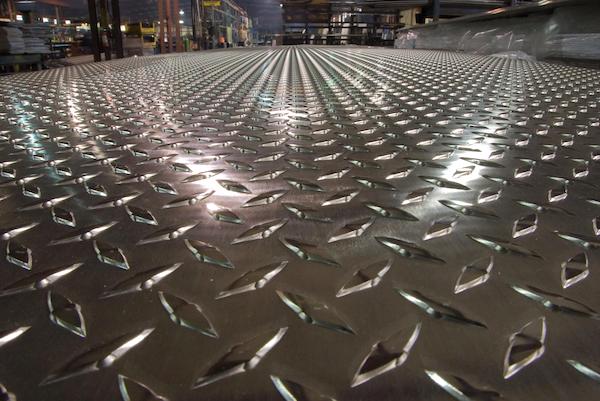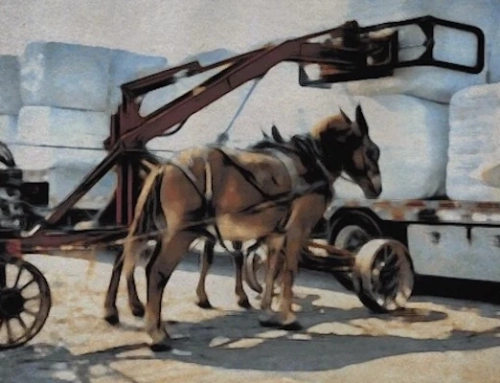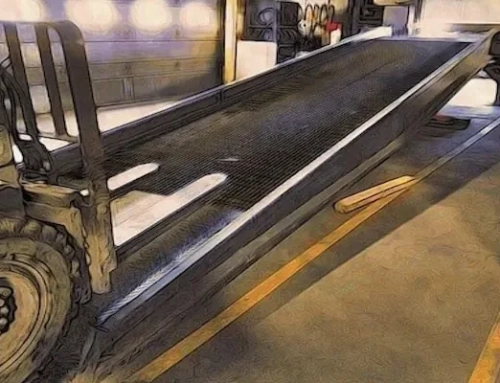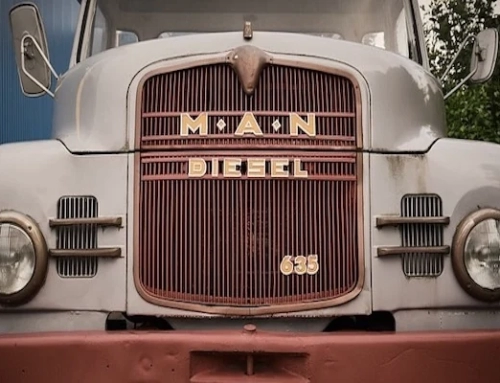Yard Ramp Transport: Getting From Points A to B
After you’ve bought or rented a yard ramp, the seemingly simple yet often complex next step is delivering it to you. Here we are talking about how exactly a yard ramp travels between depot and customer, and that’s nearly always on a flatbed vehicle.
Container trucks don’t allow us to strap down a yard ramp, and nobody wants it bashing the sides of an 18-wheeler on the highway or while making turns in the city. Flatbeds are safe, sensible, and factory recommended, and so The Yard Ramp Guy utilizes them almost exclusively.
In our three-part blog, we’ll explore the different types of flatbeds for yard ramp shipping. This week we take on the lowboy.
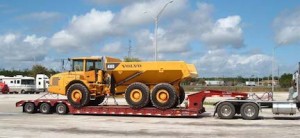 No doubt you’ve seen a lowboy on the highway. It attaches to the back of a road tractor via gooseneck and is distinguished by a couple of dips—one down from the gooseneck connector and the other down from the back of the flatbed. Hence, the “lowboy” is that long center section, where we place the ramp, or ramps for transport.
No doubt you’ve seen a lowboy on the highway. It attaches to the back of a road tractor via gooseneck and is distinguished by a couple of dips—one down from the gooseneck connector and the other down from the back of the flatbed. Hence, the “lowboy” is that long center section, where we place the ramp, or ramps for transport.
The advantage of using the lowboy comes in the ability to transport a yard ramp on its side. If, for example, your ramp has a width of 10 feet, placing it flat would qualify it as a wide load, which would require a lot of permits and additional expense to manage the transfer.
Placing and securing the ramp on its side bypasses the wide load scenario and allows us to avoid clearance issues when traveling under overpasses.
Next week we take on the landoll flatbed.

